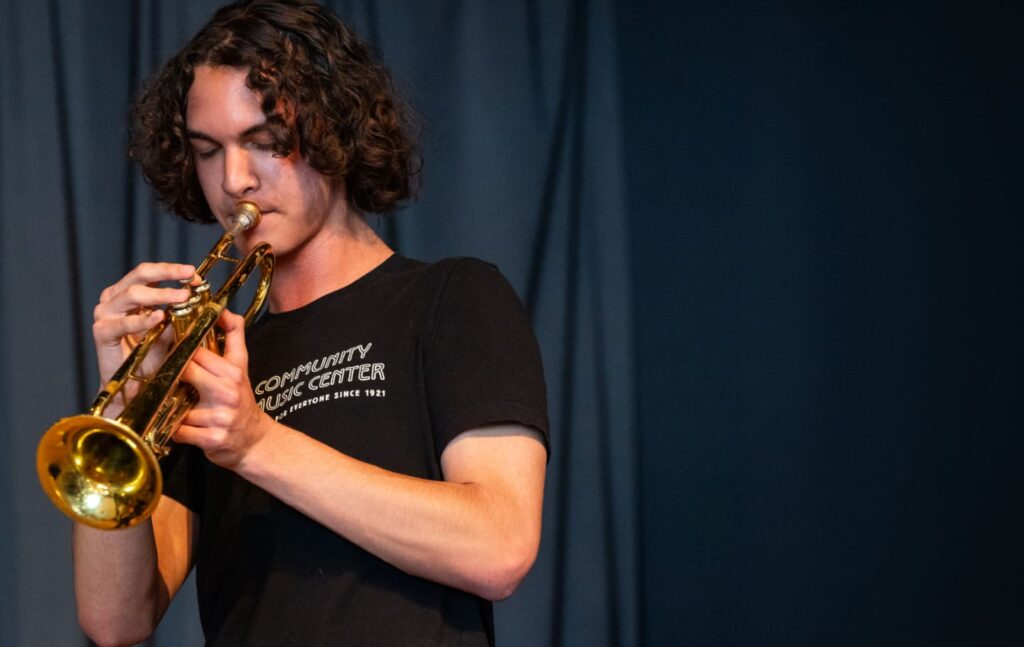By Sai Ray
“If I could tell you, I would.” These were the first words that legendary trumpeter Terence Blanchard spoke to around 50 young musicians in SFJAZZ’s Miner Auditorium. Last month, Blanchard taught a free composition workshop to students from around the Bay Area, presenting a very special and unique educational opportunity. For me personally, the excitement of getting to meet a master of my instrument was almost secondary to the sense of community that was in the room. Kids I recognized from across the Bay were in attendance—musicians I had met at the CJC in the East Bay, musicians from the SFJAZZ Big Band, and musicians from CMC’s very own Marcus Shelby Teen Jazz Orchestra. Though from different musical backgrounds, I’m certain that everyone in attendance left the workshop with one thing in common: an intense and undying sense of inspiration.
“If I could tell you, I would.” A simple sentence, but more than meets the eye. The seemingly one-dimensional, limited phrase can be shaped and manipulated into countless new ideas. The workshop opened with such a demonstration… “If tell could, I would. Could tell? Would tell?”
With this demonstration in mind, Terence Blanchard introduced us to a step-by-step process for composing. The method’s function is to examine a melodic idea and discover every possible permutation of that idea. Though on the surface, I found this to be formulaic and mathematical, upon further inspection, the method’s organic and artistic nature became clear. To begin, start with a melodic idea. Blanchard had students choose scale degrees at random, forming this sequence: 62837 (to hear what this sounds like, play the notes A, D, C, E, B on a piano). We took the sequence through the following steps to find out what other melodies could be created:
62837
- Step One: Shift every degree of the scale → 73248, 84359, etc.
- Step Two: Keep the original first note (i.e. 6) and follow it with each of the permutations done in step one i.e. 6 2 8 b3 b7, 6 2 #8 3 7
- Transpose Step 2 to every key
- Retrograde (reverse the order of the notes) → 73826, 95248, etc.
- Transpose Step 4 to every key
- Invert intervals (down a 4th becomes up a 4th, up a 3rd becomes down a 3rd)
- Transpose Step 6 to every key
Through these steps, new, inventive melodies were made. From one simple idea, a tune can go to many different places because, as Terence Blanchard puts it: “The relative distance between intervals connects ideas.” The part of this that was particularly inspiring to me was its application to improvising. Blanchard claims that by repeating this process, your mind will become familiar with these pathways, and they’ll show up in your improvising. Instead of “nonsense” solos, the development of solos with coherent progressions of musical ideas can be more easily produced.
Inspired by the session, I’ve started to experiment more with this method. In my experience, the amount of creative freedom it allows causes both inspiration and frustration. On one hand, a seemingly infinite number of doors to new musical places are opened from the initial idea, yet on the other, so many unique possibilities exist that I often doubt I’m taking the composition in the best possible direction. This is to be expected, as Blanchard said in the workshop: “Perfection comes with experience.” Perhaps upon repeated application of this method, my intuition will more potently guide me to my favorite ideas.
After learning this method, I’ve begun to notice these melodic patterns showing up in the music that I love. Think of some of your favorite compositions… chances are, these concepts show up in the melody.
Despite its name, the workshop wasn’t solely dedicated to composition. In fact, the second half of the session was more or less an open conversation between Blanchard and the students. It’s during this time that I think some of the most impactful discussions took place. The necessity of unrelenting, dedicated hard work was a primary topic of interest.
“When I was your age,” Blanchard said, “I never hung out with my friends unless we were doing something, like playing basketball. But doing nothing? Never. I was in the shed working on my fingers because I thought, ‘If I work on my fingers, who knows what’ll happen?’” A wave of powerful, intense motivation hit me, because it was made clear that the only thing holding me back from my dreams was my own dedication. If I truly worked hard at it, I believed I could achieve anything.
If there’s one thing that I think everyone took away from the workshop, it’s that nothing stands in the way between you and success. Take every opportunity, put in the work, hit the shed, and you will develop musically. Anything is possible if you put your mind to it.
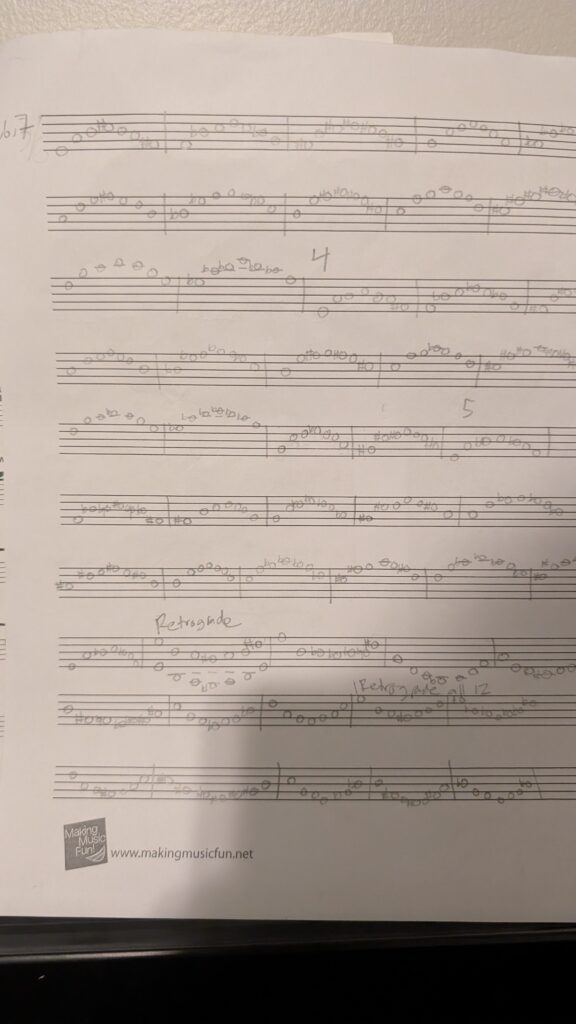
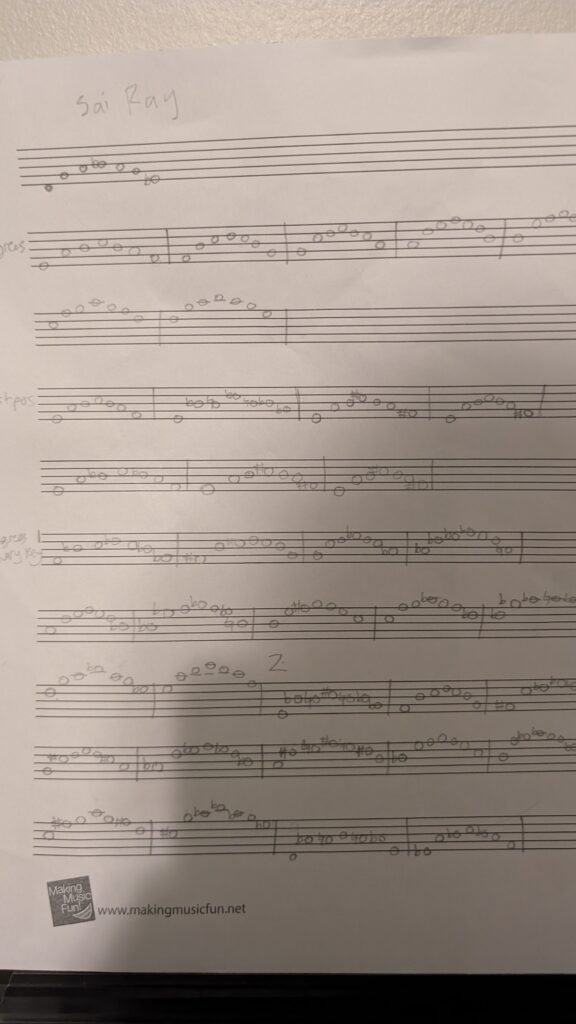
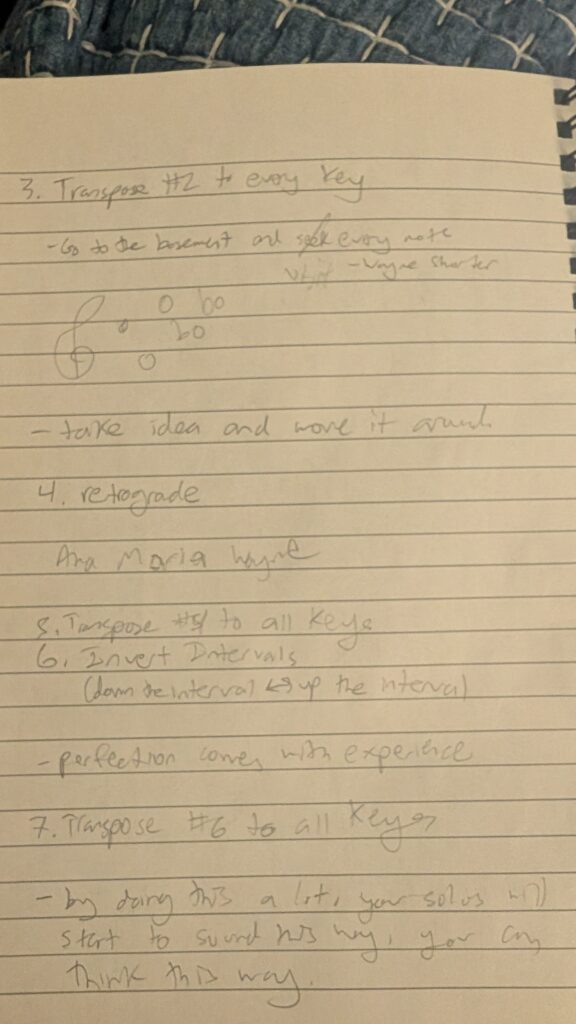
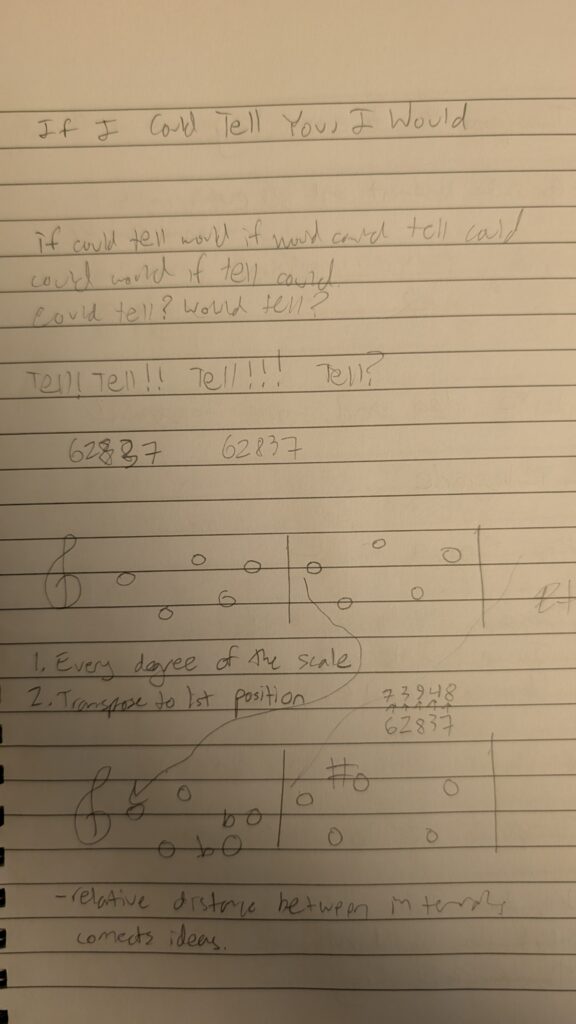
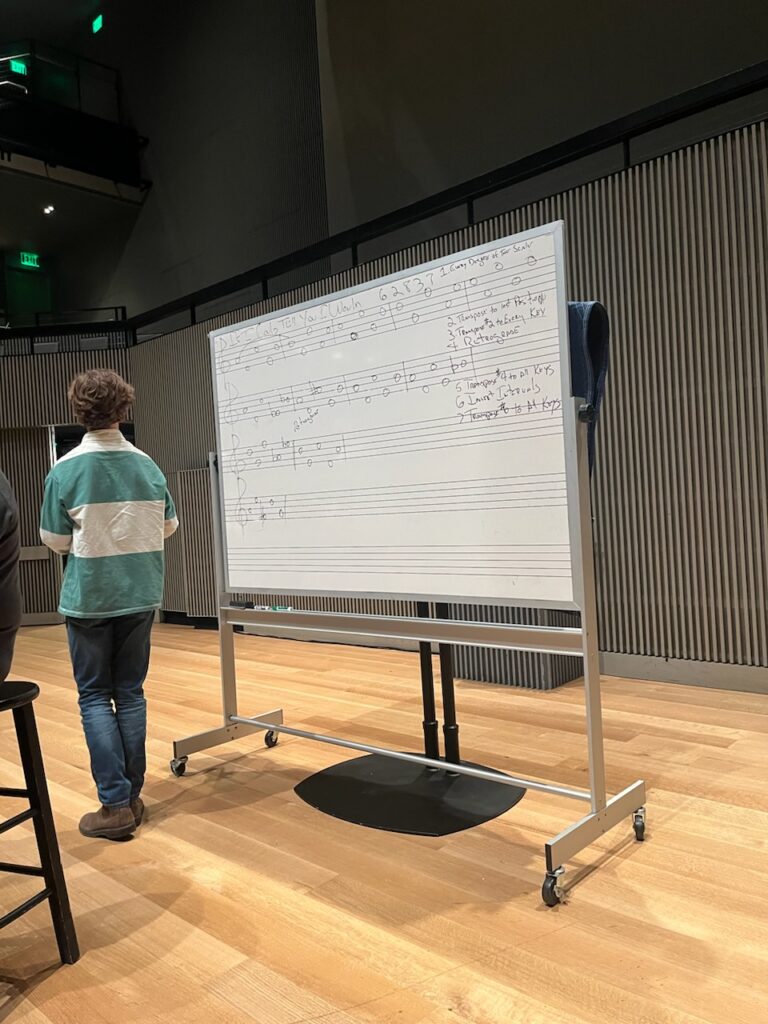
About the Author and CMC’s Teen Jazz Orchestra
Sai Ray, a gifted 15-year-old, shines in CMC’s Teen Jazz Orchestra. This tuition-free program, led by the acclaimed composer and bassist Marcus Shelby, brings together a vibrant ensemble that breathes life into the works of jazz icons like Duke Ellington, Billy Strayhorn, and Count Basie, alongside fresh original pieces. Designed for teens with a deep love for jazz, the program delves into the rich tapestry of musical history, theory, and the evolution of the blues through lively discussions, listening sessions, and captivating videos. Students, whether they play the saxophone, violin, or sing, immerse themselves in jazz, rhythm and blues, funk, and Latin jazz, discovering the genre’s influential figures and endless creative possibilities.
CMC thanks SFJAZZ for inviting CMC students to attend this incredible workshop taught by Terrence Blanchard!



